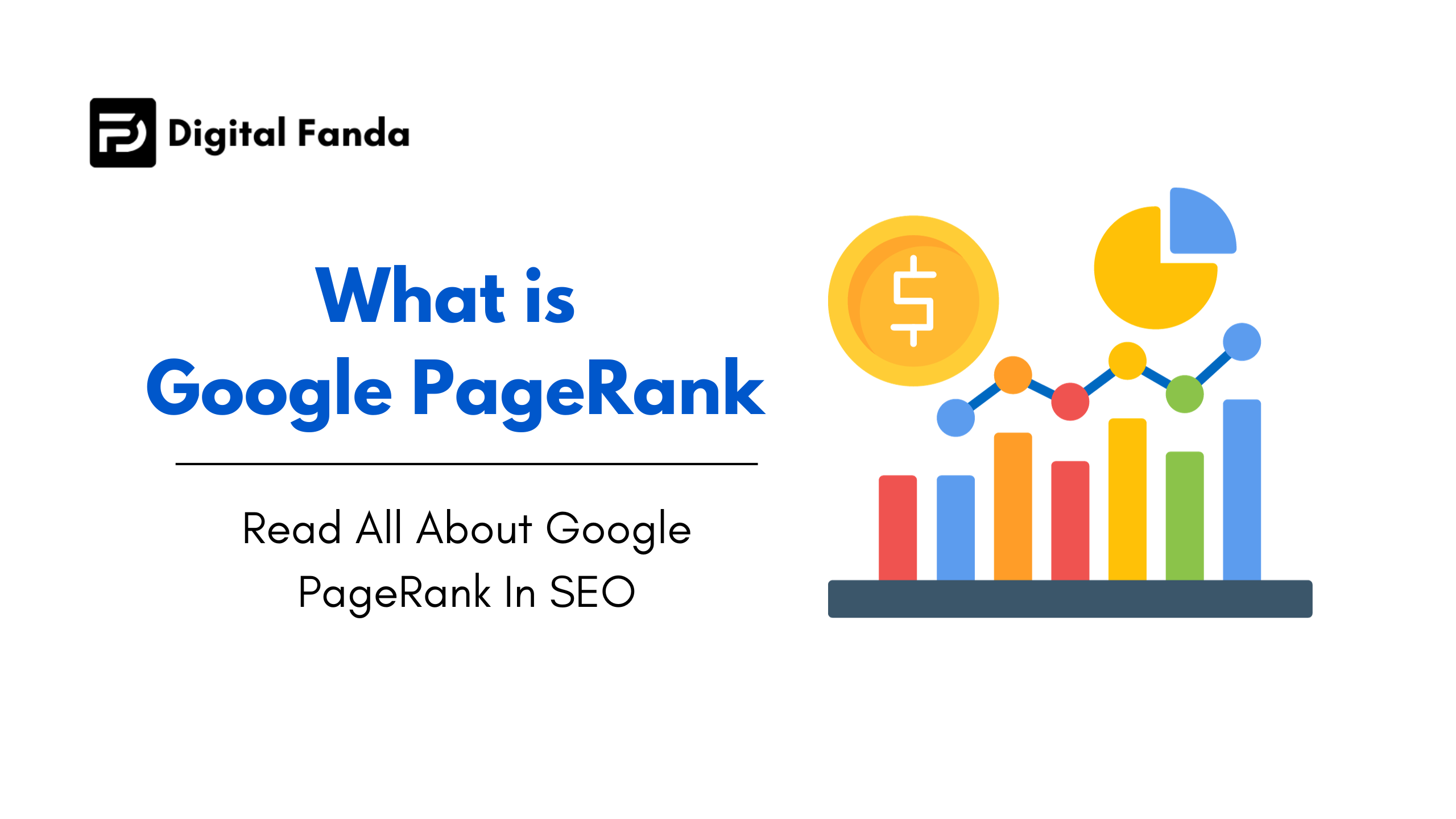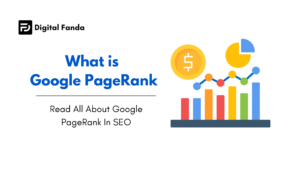
In the dynamic landscape of Search Engine Optimization (SEO), Google’s PageRank algorithm, crafted by the visionaries Larry Page and Sergey Brin, stands as a cornerstone. Its introduction marked a pivotal moment in the evolution of search algorithms, redefining how search engines assessed and presented results.
Table of Contents
The Role of PageRank in SEO
PageRank, often referred to as PR, plays a crucial role in Google Search’s methodology for ranking web pages. Named after co-founder Larry Page, this algorithm is designed to measure the importance of website pages through a distinctive approach.
Evolution of PageRank Visibility
In its early days, PageRank wielded tangible influence, providing a visible metric that guided SEO strategies. However, Google strategically shifted this paradigm over time, gradually withdrawing PageRank from public view. This maneuver prompted a recalibration within the SEO community, demanding practitioners to adapt to this altered landscape.
Understanding Toolbar PageRank vs. Core PageRank
A crucial distinction lies between Toolbar PageRank and the core PageRank algorithm. This differentiation is essential for understanding the profound impact of the algorithm on shaping search dynamics, especially when compared to other search engines’ algorithms.
Core Mechanism of PageRank
At its core, PageRank functions as a link analysis algorithm, assigning numerical weight to elements within a hyperlinked set of documents, such as the World Wide Web. The objective is to gauge the relative importance of each element within the set, taking into account factors like the quantity and quality of inbound links.
Unveiling the Formula
A closer look at the algorithm’s formula reveals its intricate methodology in ranking pages. Despite its transformative impact, challenges such as vulnerability to manipulation have been identified. Ongoing research aims to develop effective methods for discounting links from documents with falsely influenced PageRank.
PageRank’s Enduring Significance
In essence, PageRank, conceived by Google’s founders, revolutionized the SEO landscape by measuring web page importance through link analysis. While its initial visibility gave way to a strategic shift away from the public eye, the enduring significance of the algorithm lies in its intricate methodology, evaluating pages based on the quality and quantity of inbound links, even as challenges such as susceptibility to manipulation persist.
Conclusion
In the ever-evolving realm of SEO, understanding the nuances of Google PageRank remains paramount. As we navigate through the intricacies of algorithms, the essence of PageRank serves as a guiding light, shaping our approach to optimizing web content for the digital landscape.
Read Also: Google New Years Eve Search Algorithm Update
- 5 Must-Have Services to Skyrocket Your Web Presence
- Top 10 Benefits Of White Label SEO – In 2024
- What is Google PageRank – Roles and Evolution
- Decoding Gen Z Engagement: A Strategic Dive into Social Media Practices for SEO Optimization
- How Professional SEO Increases Business Visibility
- 5 Different Types of SEO In 2024 (Latest)
- Top 5 Powerful SEO Autocomplete Tools In 2024







Pingback:Download Public Instagram Reels Directly: No More Third-Party Apps!